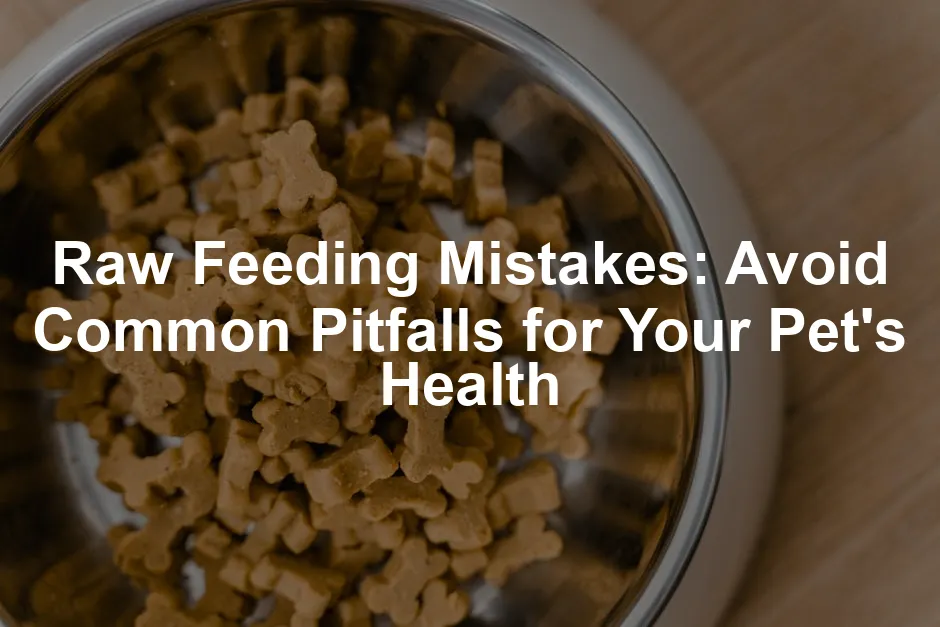Introduction
Raw feeding is becoming increasingly popular among pet owners. Many believe it offers healthier options for their furry friends. However, understanding potential mistakes is crucial. A raw diet can benefit your pet, but improper practices may lead to health issues.
And speaking of health, do you have a reliable Pet Food Storage Container? Keeping your pet’s food fresh is as important as the food itself. Nobody wants stale kibble, right?
Summary and Overview
Raw feeding involves providing pets with uncooked meat, organs, and bones. This diet can improve coat quality, energy levels, and overall health. However, it comes with challenges. New raw feeders often make mistakes that can impact their pets’ well-being. Common errors include neglecting nutritional balance and rushing the transition. Education is vital for successful raw feeding. A gradual transition helps your pet adjust to new foods without digestive upset. By learning and planning, you can ensure your pet thrives on a raw diet.
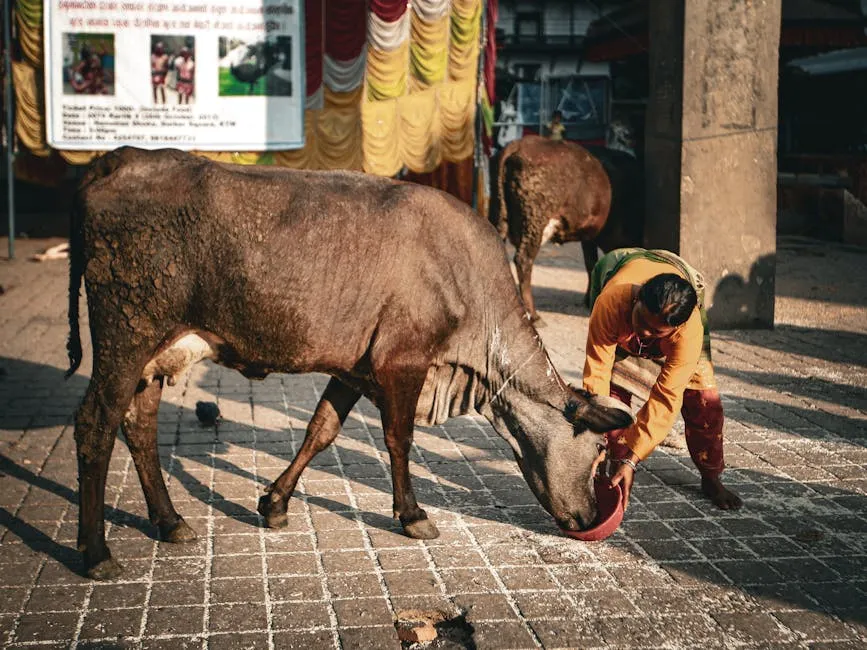
If you’re looking for a great way to measure your pet’s food, check out a Dog Food Scale. Accurate measurements can help prevent overfeeding and keep your furry friend in tip-top shape!
Understanding the basics of raw feeding is essential for your pet’s health. Read more about it in this raw feeding guide.
Common Raw Feeding Mistakes
1. Incomplete Research
Starting a raw diet without sufficient knowledge is a common pitfall. Understanding your pet’s nutritional needs is crucial. Each pet has unique dietary requirements based on age, weight, and activity level. Researching quality ingredients and sourcing is essential to avoid deficiencies. Many new raw feeders believe that raw meat alone suffices. This misconception can lead to nutritional imbalances. A balanced raw meat diet includes muscle meat, organs, and bones. Educating yourself about proper ratios, like the 80-10-10 rule, is key. Familiarize yourself with reputable resources to ensure a well-rounded meal plan for your pet.

And while you’re at it, don’t overlook the importance of a good Raw Feeding Recipe Book. It can provide you with delicious and nutritious meal ideas that make feeding time exciting!
2. Rushing the Transition
Transitioning your pet to a raw diet should be gradual. Jumping in too quickly can lead to digestive issues. Just like people, pets need time to adjust. A sudden change in diet can upset their stomach, leading to diarrhea or vomiting.
To ease the process, start by mixing a small amount of raw food with their current meals. Over the course of 10 to 14 days, gradually increase the raw food amount. Monitor your pet closely for any signs of discomfort. If they experience issues, slow down the transition.
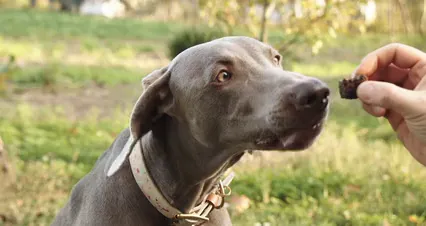
Remember, every pet is unique. Some may adapt quickly, while others need more time. Patience is vital when transitioning to raw feeding. This careful approach ensures a smoother adaptation and better health for your furry friend.
3. Feeding Incomplete Diets
A balanced raw diet is crucial for your pet’s health. Many new raw feeders overlook the importance of including various components. This diet should consist of muscle meat, organs, and bones to meet nutritional needs.
Feeding only muscle meat can lead to deficiencies. For example, organs provide essential vitamins and minerals that muscle meat alone cannot offer. The recommended ratio for a balanced raw diet is 80% muscle meat, 10% organs, and 10% bones. Understanding the raw feeding benefits can also motivate you to maintain a balanced approach.
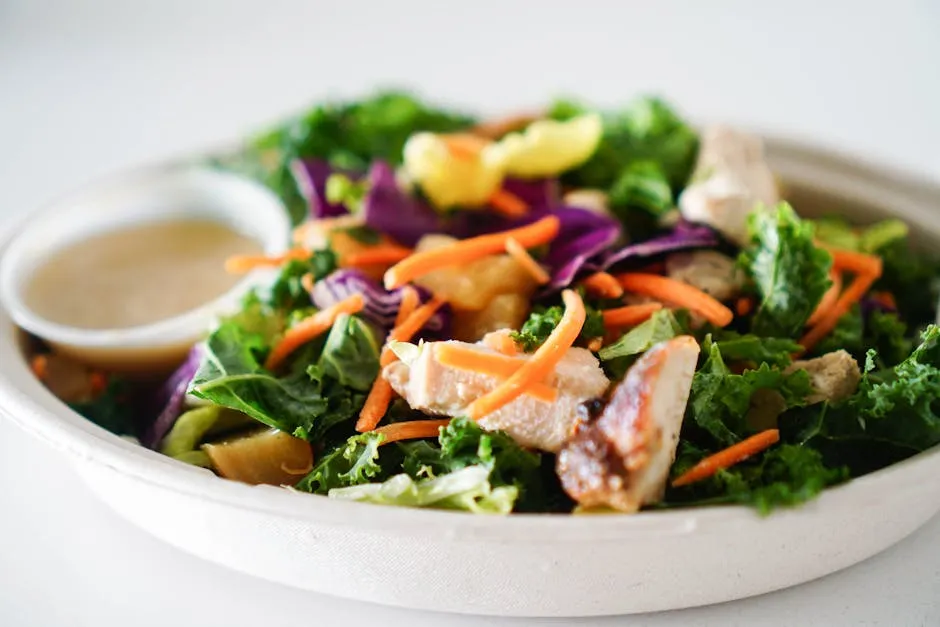
And if you want to avoid the hassle of meal prep, consider a Pet Food Dispenser. It can help you manage portions and keep your pet fed without the daily fuss!
Failing to follow these guidelines can result in health issues over time. Be sure to include a variety of protein sources. Doing so promotes a well-rounded diet and keeps your pet healthy and happy.
4. Misunderstanding Bone Safety
Not all bones are safe for your dog. Understanding which bones to feed is crucial for their safety. Raw bones can provide essential nutrients, but cooked bones pose serious risks. When cooked, bones can splinter, leading to choking or internal injuries.
For safe options, choose softer bones like chicken necks or turkey wings. These are easier to chew and digest. Always supervise your dog while they’re chewing on bones to prevent accidents. You might want to stock up on some Chicken Neck Raw Dog Treats for a nutritious and tasty option!
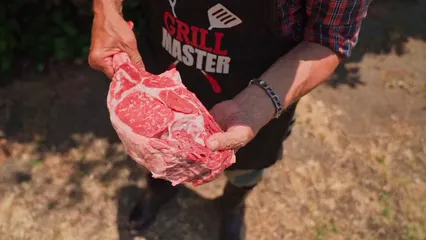
Additionally, consider your dog’s size and chewing habits. A small dog should not be given large bones. Tailoring bone options to your pet’s needs ensures they enjoy the benefits of raw feeding without the dangers.
5. Overfeeding or Underfeeding
Getting portion sizes right is essential for your pet’s health. A good starting point is to consult your vet or use online calculators. These tools can help you determine how much food your pet needs based on their weight, age, and activity level.
Factors like age and energy level significantly influence feeding amounts. Puppies and active dogs need more calories than older or less active pets. Adjust your pet’s portions accordingly to ensure they’re getting the right nutrition.
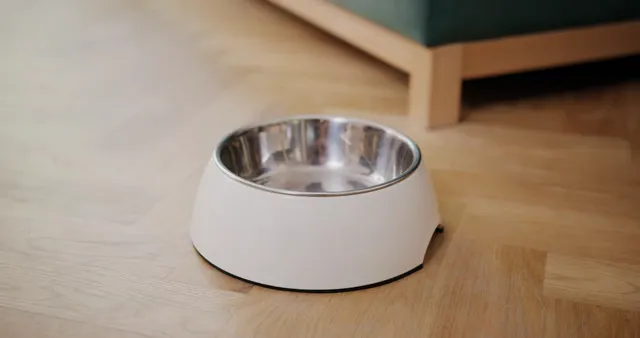
Overfeeding can lead to obesity, which brings health risks like diabetes and joint problems. Signs of overfeeding include weight gain and lethargy. Conversely, underfeeding can lead to weight loss and poor coat condition. Look out for signs like rib visibility or lack of energy. Practicing portion control and following feeding guidelines helps keep your furry friend healthy.
Using a Dog Food Scale can help ensure you’re measuring out the right portions. Trust me, your pet will thank you for it!
6. Not Incorporating Variety
Feeding your pet the same protein source daily can lead to nutritional deficiencies. Each protein has unique nutrients that contribute to your pet’s overall health. If you only rely on one type, your pet may miss out on essential vitamins and minerals.
Rotating proteins is beneficial for several reasons. It helps prevent food allergies and keeps meals exciting for your pet. Consider incorporating vegetables into their diet as well. They provide fiber and additional nutrients that enhance digestion and overall well-being.
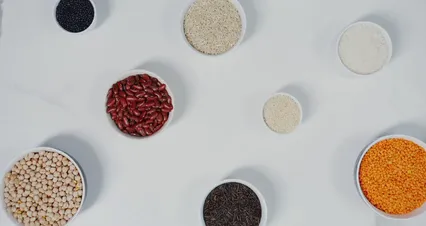
By ensuring diet variety, you support your pet’s health and create a more balanced meal plan. Protein rotation can be a simple way to enrich their diet and promote a happy, healthy life. And speaking of enrichment, have you tried some Dog Puzzle Toys? They can keep your pet mentally stimulated while you whip up their meals!
7. Overcomplicating the Diet
Raw feeding doesn’t have to be complicated. Many new raw feeders overthink meal preparation, which can lead to stress. Sticking to simple guidelines can make raw feeding enjoyable.
Start with basic ratios: about 80% meat, 10% bone, and 10% organ. This approach takes the guesswork out of meal planning. You can also use pre-mixed raw food options to simplify your life. And if you want to try something new, check out a Raw Feeding Starter Kit to get you started!
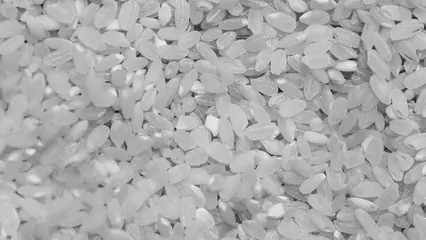
Remember, raw feeding is about whole foods that closely resemble a pet’s natural diet. Avoid overwhelming yourself with intricate recipes or strict rules. Keeping it simple allows you to focus on your pet’s needs while enjoying the benefits of raw feeding.
8. Ignoring Food Safety Practices
When feeding a raw diet, food safety is essential. Proper handling and storage of raw food can prevent serious health risks. Contaminated meat can lead to dangerous bacteria like Salmonella and E. coli. These pathogens not only harm our pets but can also affect humans.
To ensure safety, always wash your hands after handling raw meat. Use separate cutting boards for raw food and other ingredients. Store raw meat in sealed containers in the fridge or freezer, and never leave it out at room temperature. Always thaw meat in the refrigerator, not on the counter, to minimize bacterial growth.
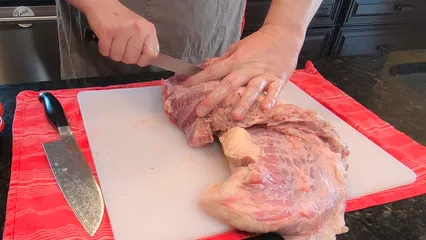
Maintaining hygiene will keep your pet healthy and reduce contamination risk. Remember, food safety for raw feeding isn’t just a suggestion; it’s a necessity. And if you’re worried about keeping track of all this, consider a Pet First Aid Kit for those just-in-case moments!
9. Neglecting Veterinary Consultation
Consulting a veterinarian before switching to a raw diet is crucial. A vet can help tailor the diet to your pet’s needs. This is especially important for pets with existing health issues. Certain conditions may require specific dietary adjustments.
Veterinary consultation ensures that your pet receives balanced nutrition. A professional can guide you through transitioning to raw food safely. They can also help identify any deficiencies that might arise during this process.
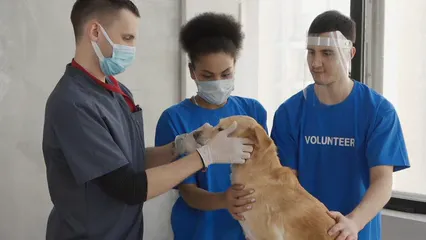
Involving a pet nutrition expert can provide peace of mind. It also helps you avoid costly mistakes that could harm your pet’s health in the long run. And don’t forget to ask about any recommended Dog Vitamins and Supplements to support your pet’s health!
Conclusion
Switching to a raw feeding diet can be beneficial, but it requires caution and knowledge. Avoiding common mistakes like improper handling and not consulting a vet is vital. By being informed and taking the time to learn, you can help ensure your pet thrives on this diet. Continuous education and professional guidance are essential for a smooth transition to raw feeding. Your furry friend deserves the best, so invest in their health and well-being.
FAQs
Is raw feeding safe for all pets?
Raw feeding can be safe for healthy pets. However, pets with health issues require extra caution. Always consult your veterinarian before starting a raw diet. They can provide personalized guidance based on your pet’s specific needs. This ensures your furry friend receives a balanced diet that supports their health.
What are the signs of a well-balanced raw diet?
A well-balanced raw diet shows several indicators. Look for a shiny, healthy coat and stable weight. Good energy levels are also essential signs of proper nutrition. Additionally, your pet should have healthy digestion and regular bowel movements. Monitoring these factors helps ensure your pet thrives on a raw diet.
How can I prevent foodborne illnesses from raw feeding?
Preventing foodborne illnesses is crucial when raw feeding. Always wash your hands after handling raw meat. Use separate cutting boards for raw food to avoid cross-contamination. Store raw ingredients in sealed containers and keep them refrigerated. Thaw meat in the fridge, not on the counter. Following these steps minimizes health risks for you and your pet.
Can I mix raw food with kibble?
Mixing raw food with kibble isn’t generally recommended. The two diets require different digestive processes. Kibble often raises stomach pH, which can hinder raw food digestion. This can lead to gas, bloating, or other digestive issues. It’s better to choose one diet at a time for your pet’s well-being.
What should I do if my pet refuses raw food?
If your pet refuses raw food, don’t worry. Start by mixing a small amount of raw with their current food. Gradually increase the raw portion over time. You can also try different protein sources to pique their interest. Patience is key; ensure the transition is smooth to help them accept the new diet.
Please let us know what you think about our content by leaving a comment down below!
Thank you for reading till here 🙂
All images from Pexels

